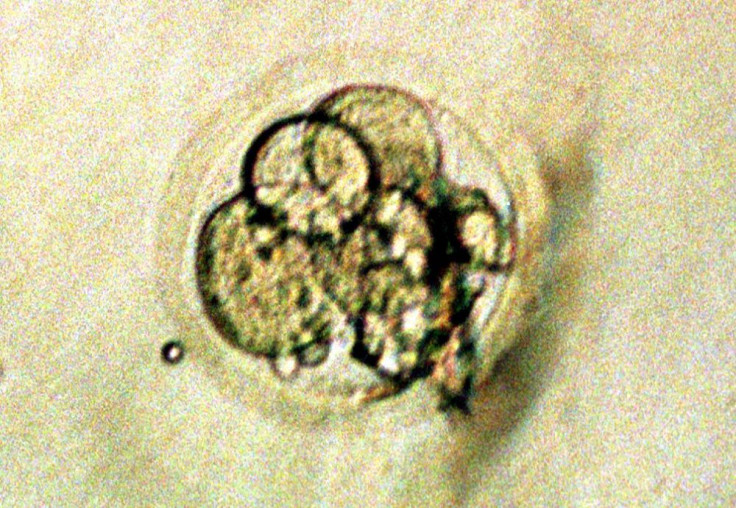German carpenter invents sperm flow on and off switch, clinical trials start in 2016

A German carpenter has created a valve to be used as a reliable form of contraception for men. Clemens Bimek, who realised this idea 20 years ago, claims that this will enable men to turn the sperm flow on and off with a simple click of a switch.
In an interview for Spiegel magazine, Bimek said he was watching a documentary about contraception and wondered if the flow of the sperm can easily be controlled at will with a simple valve. At the time, no one filed a patent for such device and some doctors did not take Bimek seriously. However, others encouraged the carpenter to develop the valve and offered to share their expertise.
Bimek said the valve will be implanted on 25 men. The valves weigh less than a tenth of an ounce and less than an inch long. These will be surgically implanted in the vas deferens during a 30-minute operation.
The participants can reach the on-off switch under the skin of the scrotum. Currently, Bimek is the only man who has the implants. Under a local anaesthetic, Bimek guided the surgeon during the operation.
Hartwig Bauer, the urologist who performed the surgery, said that the valve was more favourable than a vasectomy. Bauer mentioned that a third of patients who underwent vasectomies want to reverse the operation, but this does not always work out.
Some physicians have doubted this new technology’s efficacy. They say that health problems may result from using the device.
“My assessment is that implanting the valve could cause scarring where it meets the vas deferens,” said Wolfgang Bühmann, a spokesman for the Professional Association of German Urologists. The scarring from the implant could prevent sperm from flowing freely even when the device is open. When this is open for too long, meanwhile, the valve will probably become clogged in time.
Anneke Loos, head of a testing centre for medical products in Hannover, noted that other devices made from the same materials as the valve are known to be tolerated well in other parts of the body. However, she asserts that the question is whether the device will cause problems in the vas deferens.





















